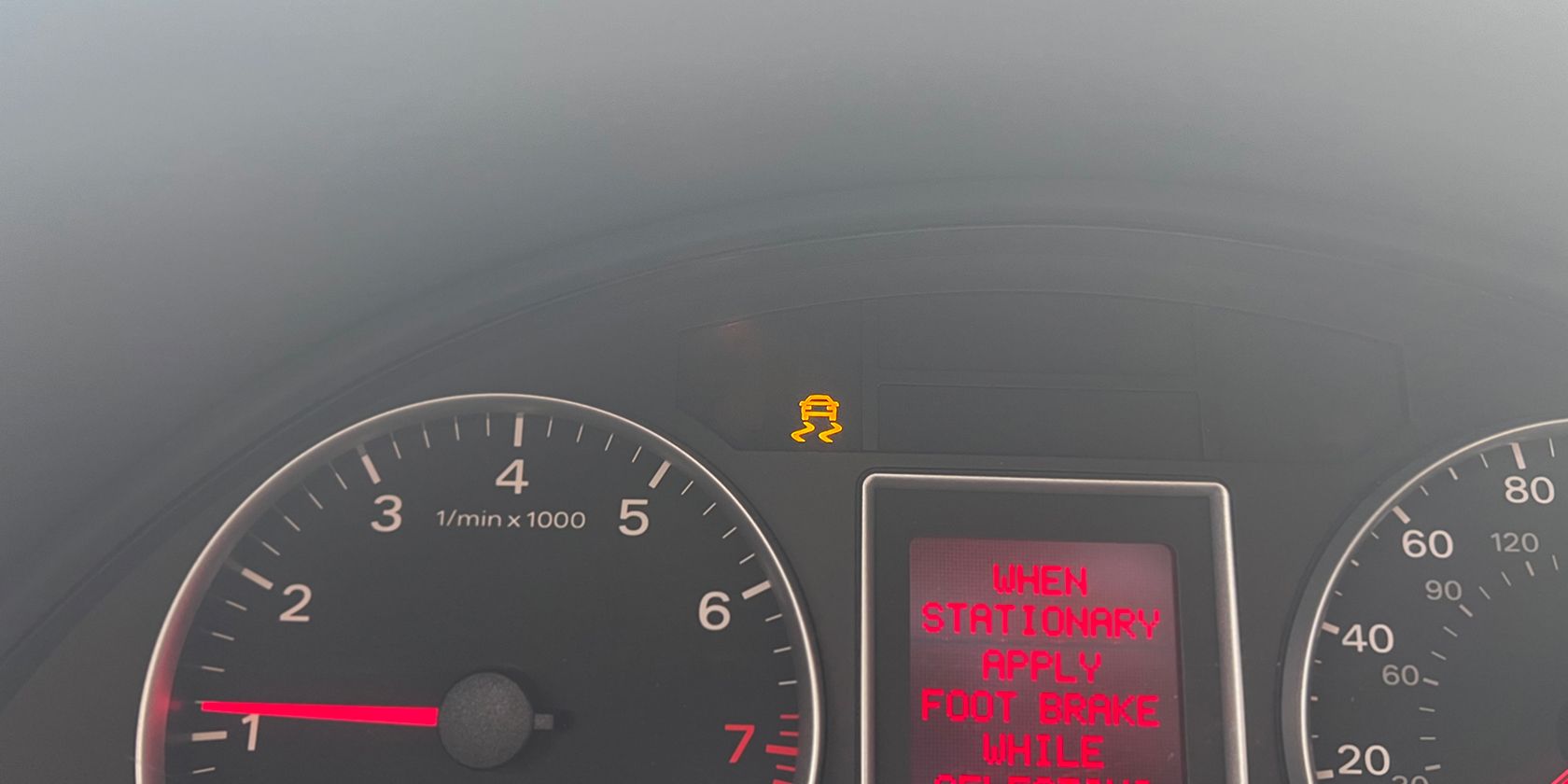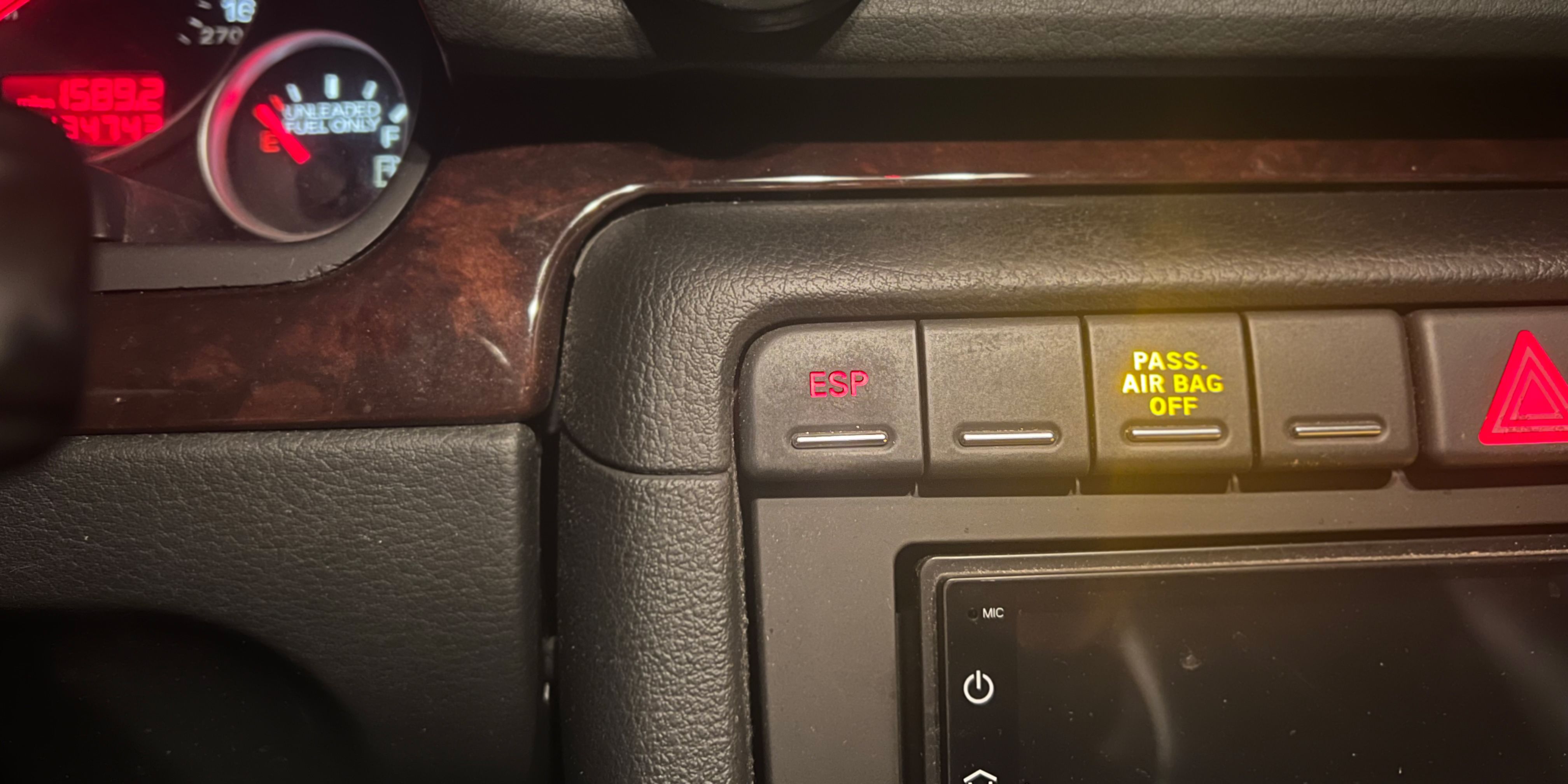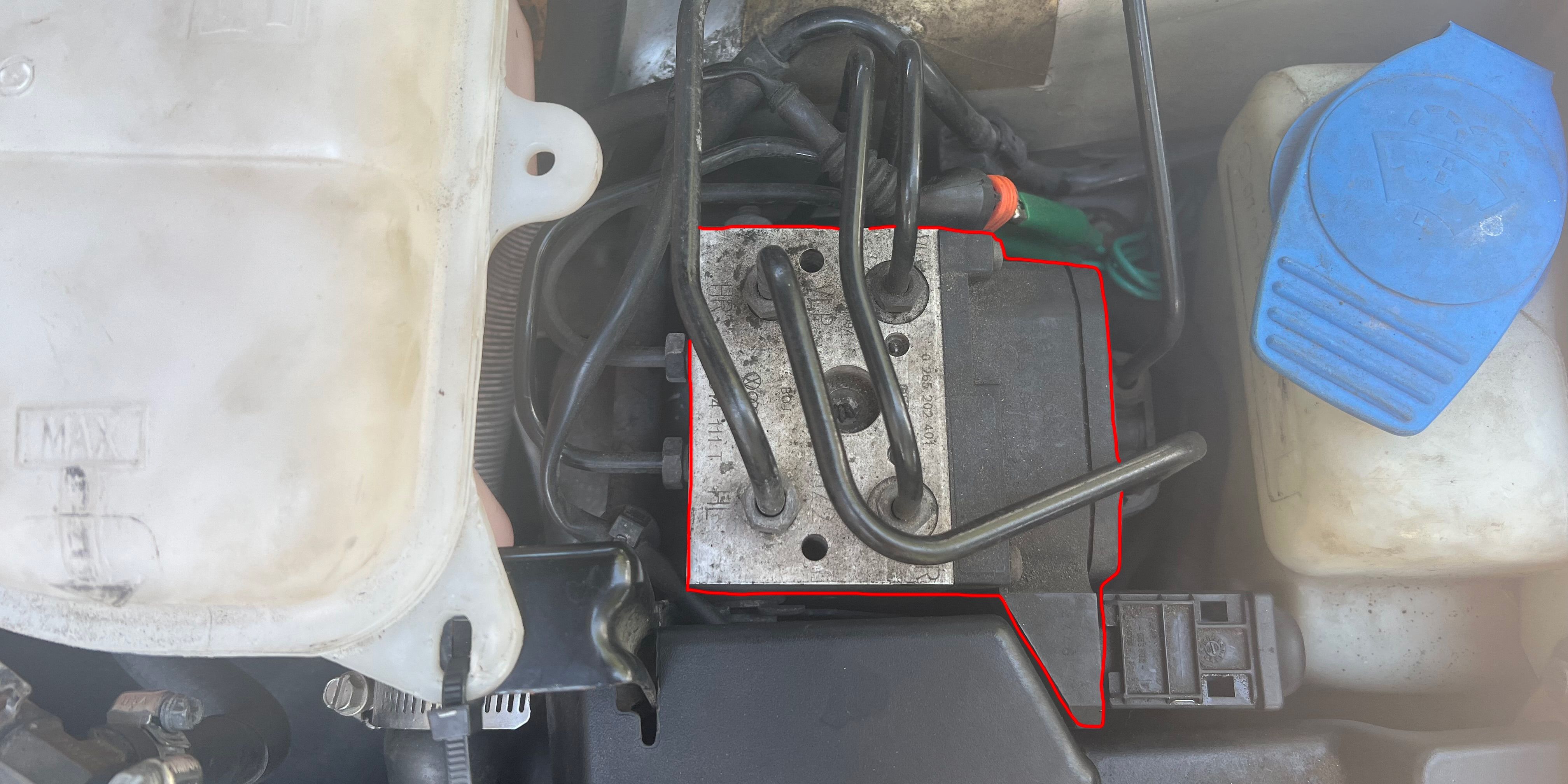Driving in harsh weather can be challenging without the proper equipment. From tires to onboard systems, there are a few things that can help you feel safer driving, traction control being one of them. This electronic system is a helpful tool that has become a requirement on all passenger vehicles in the last decade.
The traction control icon is often displayed on your dashboard as a car with two lines below it. Explaining the importance of traction control and different stability systems, here's how they work and why they are important on all vehicles.
What Is Traction Control?
Traction control is a dedicated system created in 1985 to help drivers stay on the road. This system utilizes signals from your wheel speed sensors to find variations in the wheel speed. Once the engine control unit senses a wheel is spinning faster than its counterparts, it will automatically decrease the wheel's speed. Traction control proves to be necessary to prevent drivers from losing control of their vehicles.
As such, traction control became a requirement for passenger vehicles post-2012. If you own a newer car, chances are, it is probably equipped with it. This system is especially helpful when traction is not readily available under hard acceleration.
This is not to mistake traction control with ESP (electronic stability program) or ABS (anti-lock braking system). Although they serve similar purposes and functions using similar components, each unit specializes in different driving applications. Both ESP and ABS systems drastically reduce the chances of locking up your wheels, though ESP systems tend to be more finely refined in terms of its capability. While ESP can perform the same tasks as traction control, it doesn't go the other way around. ESP is also commonly referred to as ESC, which stands for electronic stability control.
How Does Traction Control Work?
Although it serves similar responsibilities to the ABS system, traction control is triggered using different sensors. Traction control uses your vehicle's speed sensors (VSS), responsible for sensing variations in wheel speeds and outputting a signal to your speedometer.
Once the ECU establishes a loss of traction, it takes control and does whatever is necessary to keep the car straight. The information processed in the ECU initiates the automatic braking via the automatic traction control valve using the onboard ABS.
Traction control and ABS are two different systems that are not interchangeable. While both offer more safety to the driver, each system tackles different driving conditions, making each system just as important as the other.
Why Is Traction Control Important?
Traction control is imperative in inclement weather, as traction isn't always available. Helping even the most experienced drivers, having access to the feature will minimize the risk of you hydroplaning and or sliding off the road. Even with the best stability systems, a good tire tread remains a priority as that is the connecting barrier from your car to the road.
In the rare case that you want to point your car sideways, turning traction control off will allow the driver to slide the car as they please. The power generated from the engine will transfer to each wheel evenly. If pulled off properly, some serious maneuvers can be performed, though this takes an incredible amount of skill and should not be attempted on public roads.
Safety Systems Are Vital For Driver Safety
With the help of research and technological advancements, automotive manufacturers strive for the safety of their customers. With the combination of anti-lock braking systems and traction control, passenger crashes have drastically reduced, further justifying the need for these stability systems. However, despite all the advancements in safety technology, a lack of routine tire changes and alignments can compromise the systems onboard.



